Chock-full of astronomical treasures for observers of all levels, the Cygnus Constellation is a great cosmic spot to visit at this time of year. The elegant “Swan" occupies an 804-square-degree area of celestial real estate and is visible from 90° North to 40° South.
The quickest way to begin your exploration of Cygnus is to locate its popular asterism – the Northern Cross, which will lie overhead at midnight. Of the five standout stars that form the Northern Cross, the most prominent is Deneb (Alpha Cygni). With an apparent visual magnitude of 1.25 and an absolute magnitude of -8.38, this brilliant blue-white supergiant is easy to spot, extremely luminous and anchors one corner of the famed Summer Triangle. The other stars in the Northern Cross are Gamma Cygni, a yellow supergiant at the heart of the cross that is surrounded by a diffuse emission nebula; Delta Cygni, a triple star system that includes a close pairing of a blue-white giant and a yellow-white companion; Beta Cygni, a beautiful binary with contrasting blue and yellow-orange members that can be easily resolved; and Epsilon Cygni, an orange giant with an apparent visual magnitude of 2.48.
These are not the only notable star offerings in Cygnus. The constellation is also home to the binary system 61 Cygni, which is made of two orange dwarf stars. Also known as Bessel’s Star or the Flying Star, this intriguing double has impressive proper motion and was the first star other than our own to have its distance from Earth properly measured. Other observing options include Ruchba, a binary system with a red primary and a blue companion that pop in a telescope; P Cygnia, a rare luminous blue variable; and Chi Cygni, a long period pulsating red giant that varies in apparent magnitude from 3.3 to 14.2 over a period of 407 days.

John Bellisario captured this image of the Eastern Veil with the aid of an Explore Scientific ED80 Air-Spaced Triplet Refractor.
In addition to its stellar residents, Cygnus has a bounty of deep sky delights. Near Deneb, observers can find two worthy emission nebulae - the North American Nebula and the Pelican Nebula – separated by a dark lane. While the North American Nebula is larger, both have bright ridge-like features and reddish hues. Cygnus also hosts the Veil Nebula, which is a vast and complex supernova remnant that is divided into three main parts – the Eastern Veil, the Western Veil (aka Witch’s Broom Nebula) and Fleming’s Triangle. When viewed through a larger telescope, the nebula’s delicate details emerge.

Astrophotographer Douglas Struble used an Explore Scientific ED152 Air-Spaced Triplet Refractor to image the Crescent Nebula.
Other deep sky treats include the Crescent Nebula, an emission nebula that is courtesy of the stellar wind of a Wolf-Rayet star; the “Blinking Planetary” nebula that best reveals its central star when you use averted vision; the Fireworks Galaxy, an intermediate spiral that has been the site of more supernova sightings than any other galaxy; Messier 39, a rich open cluster with a triangle shape and an apparent magnitude of 5.5; and Messier 29, an open cluster near Gamma Cygni.

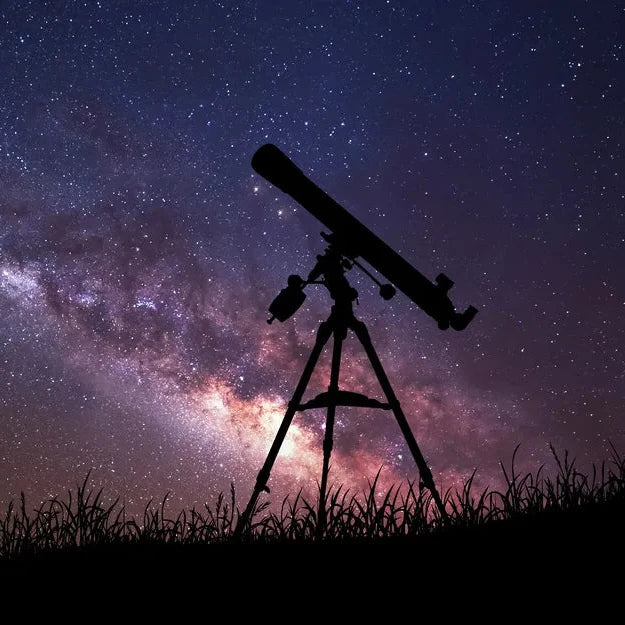
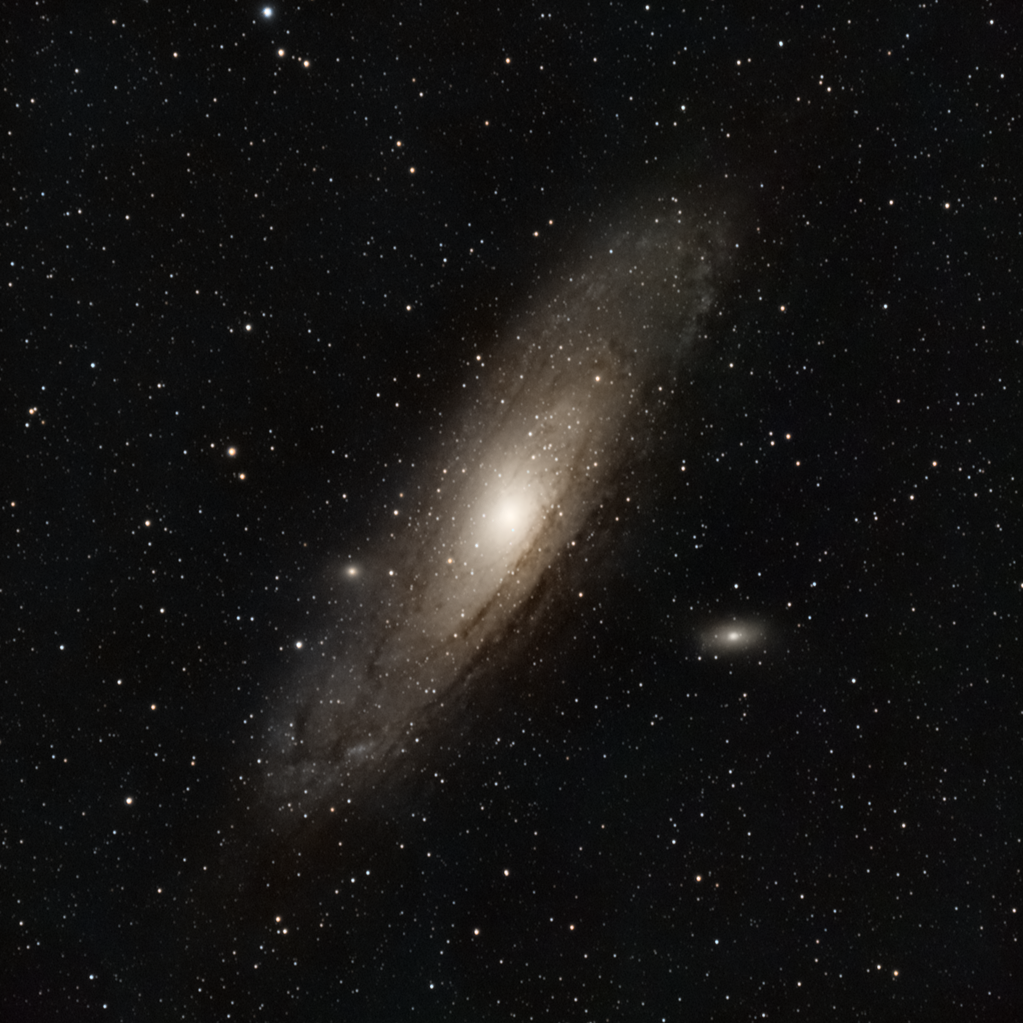
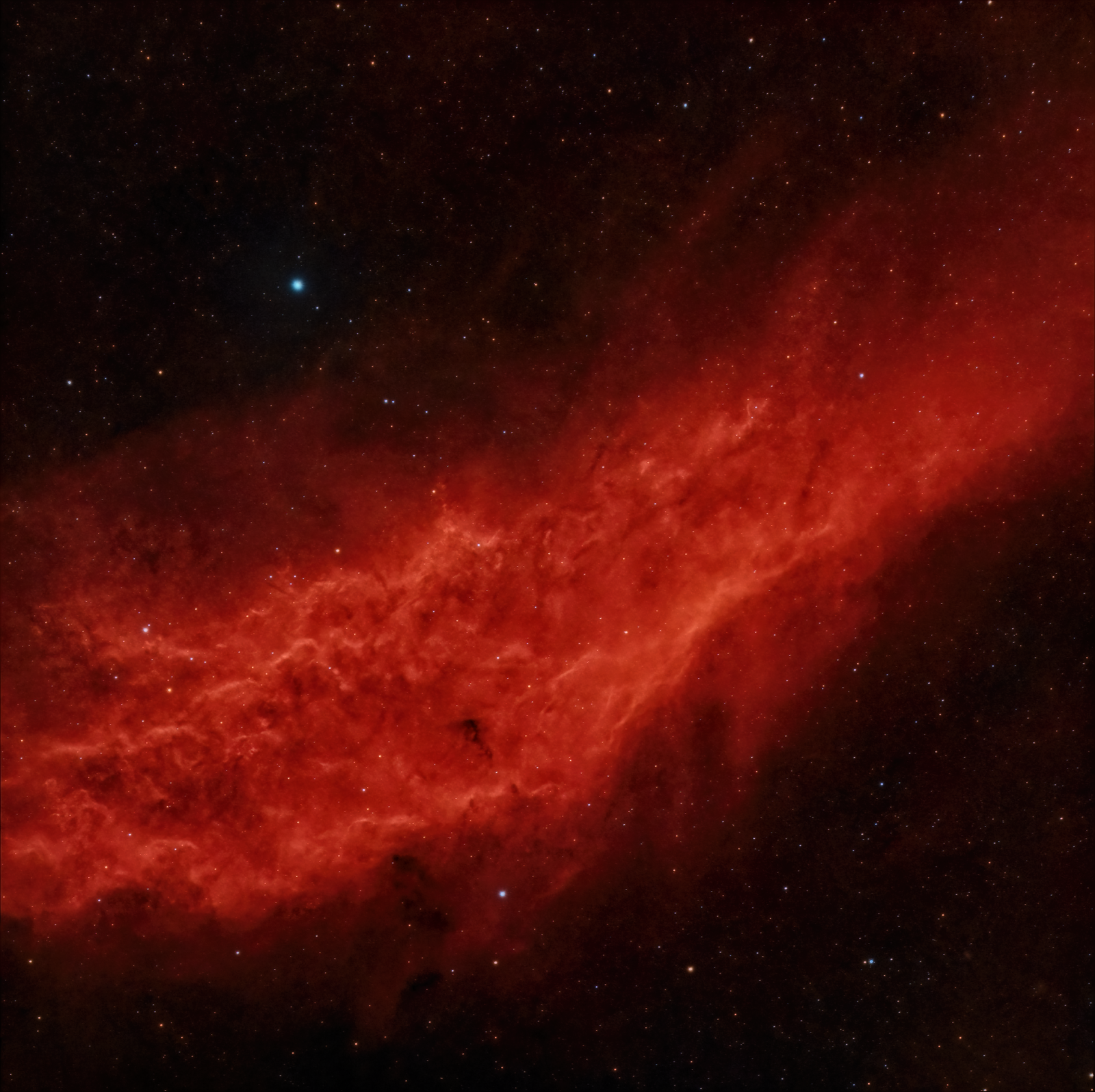
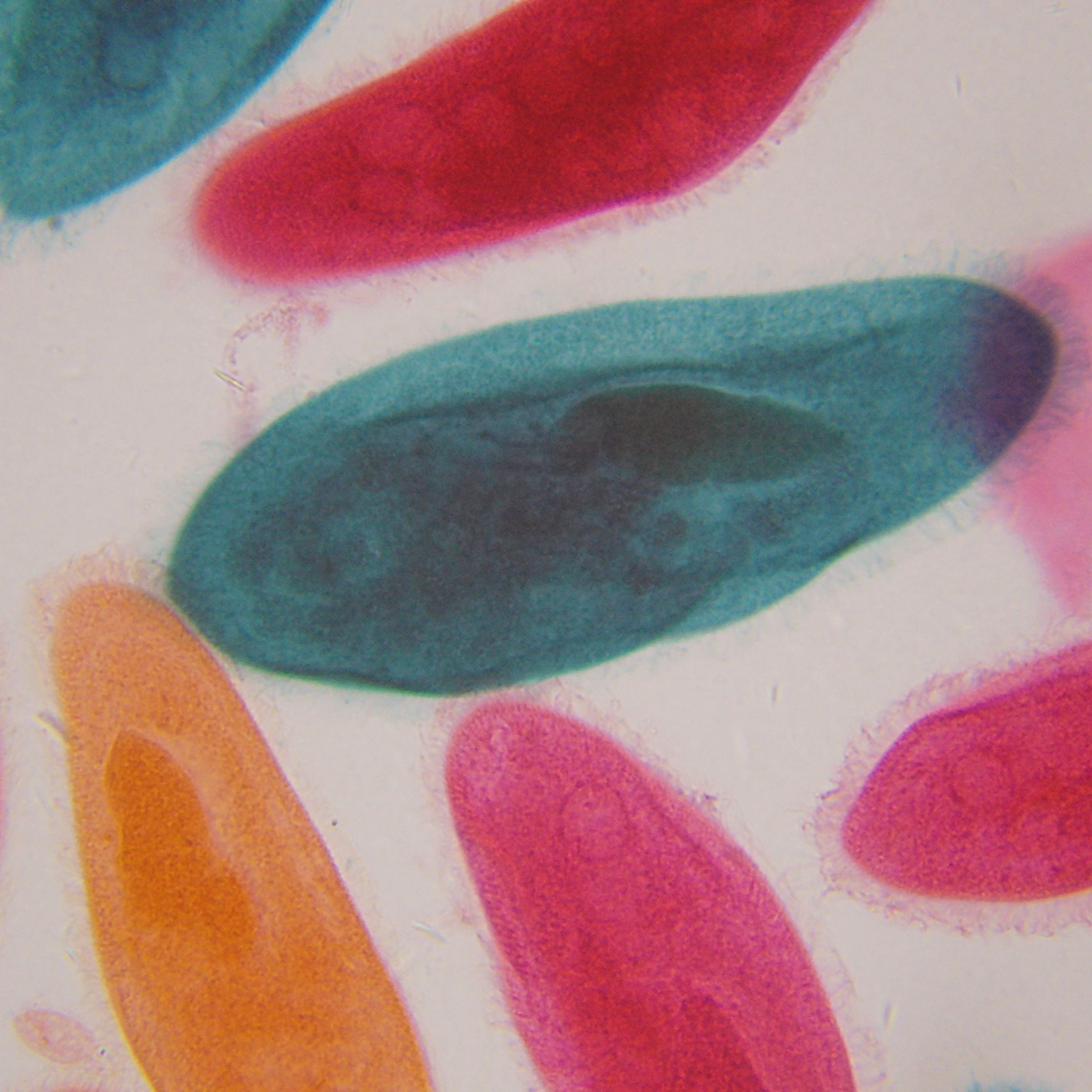



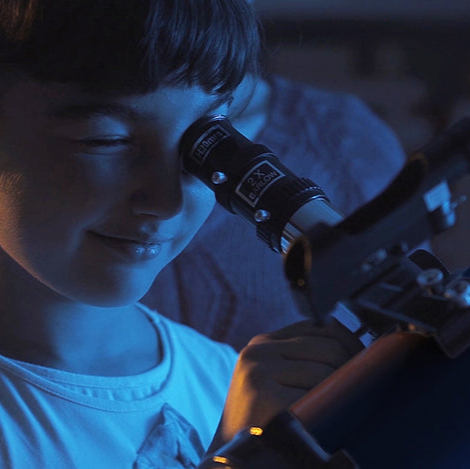

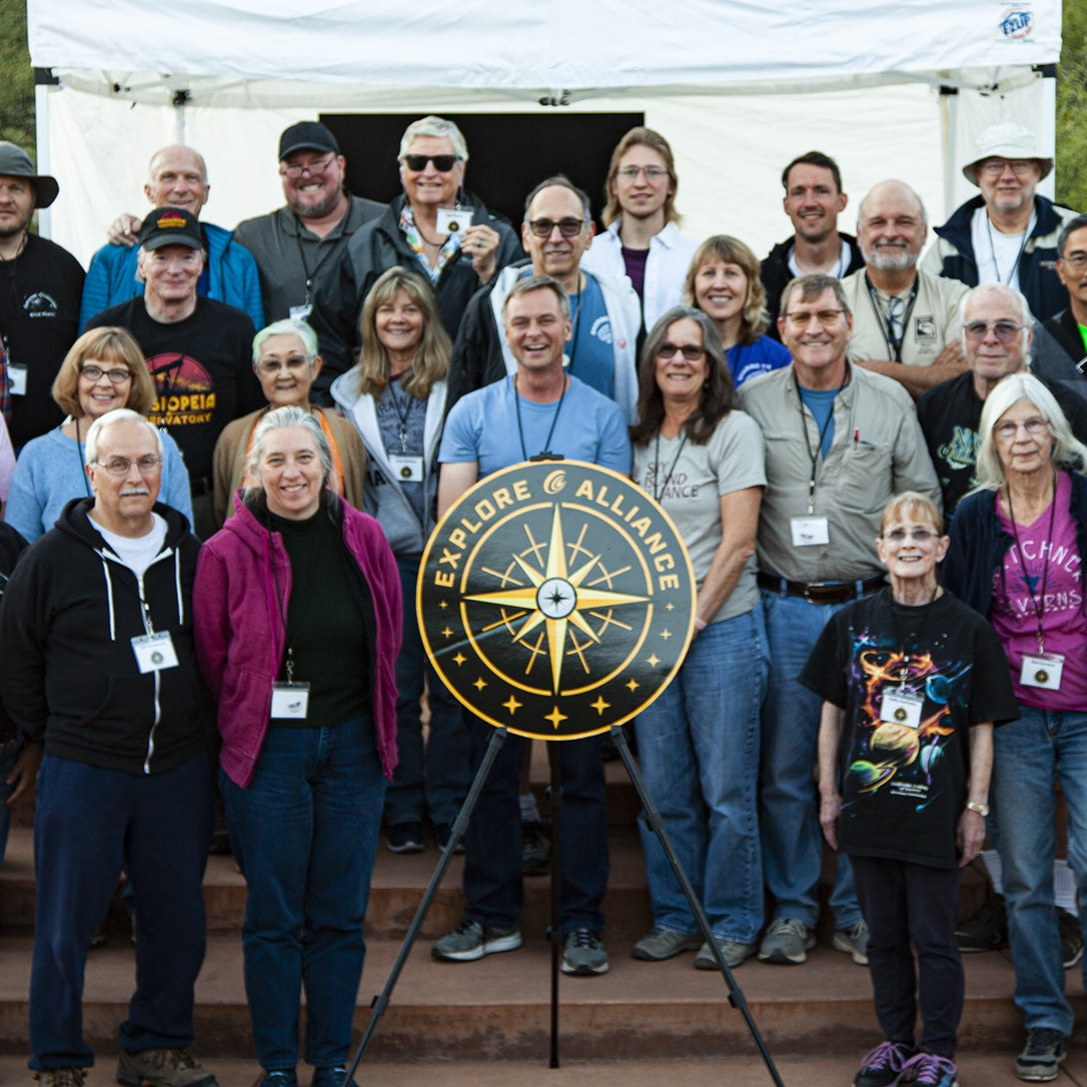
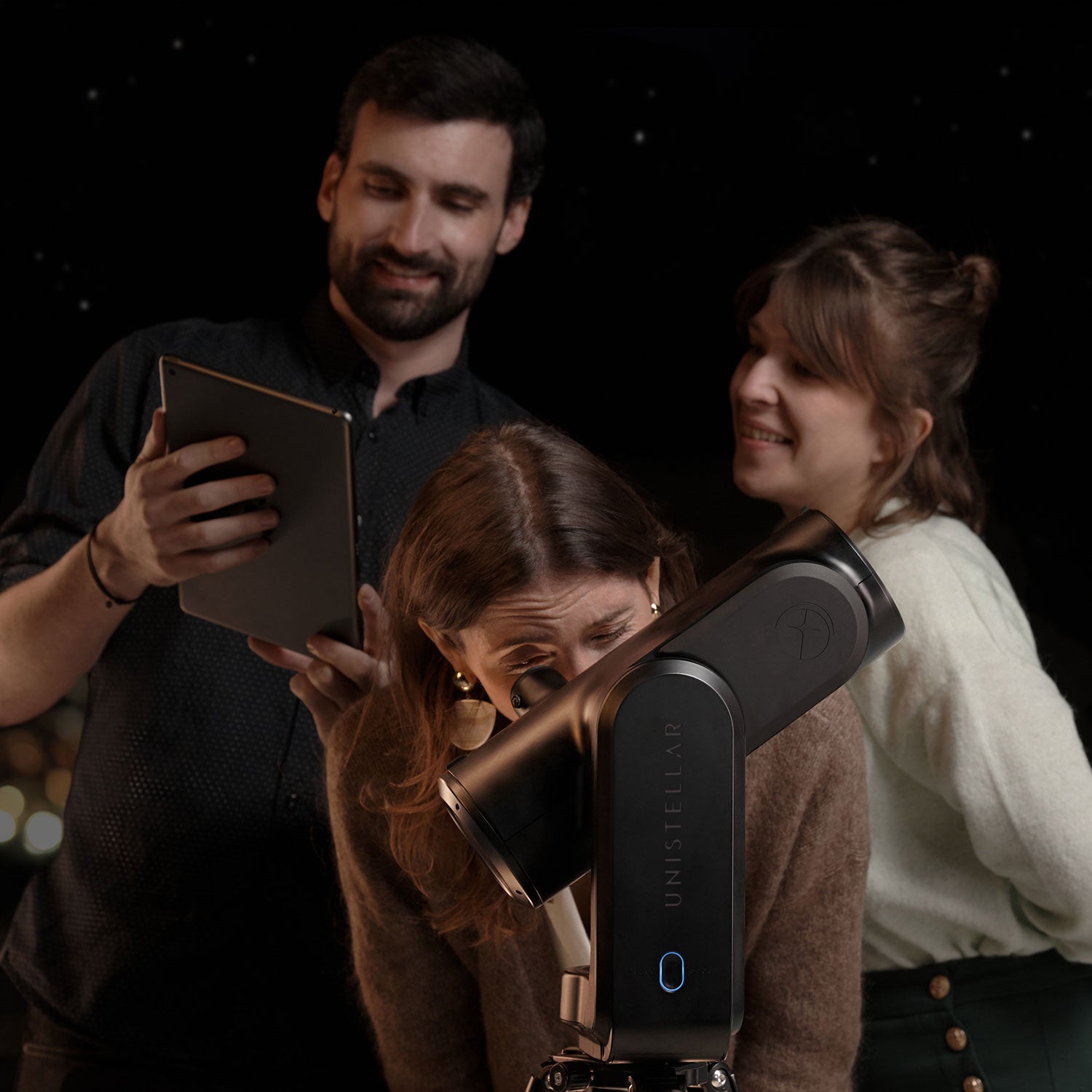
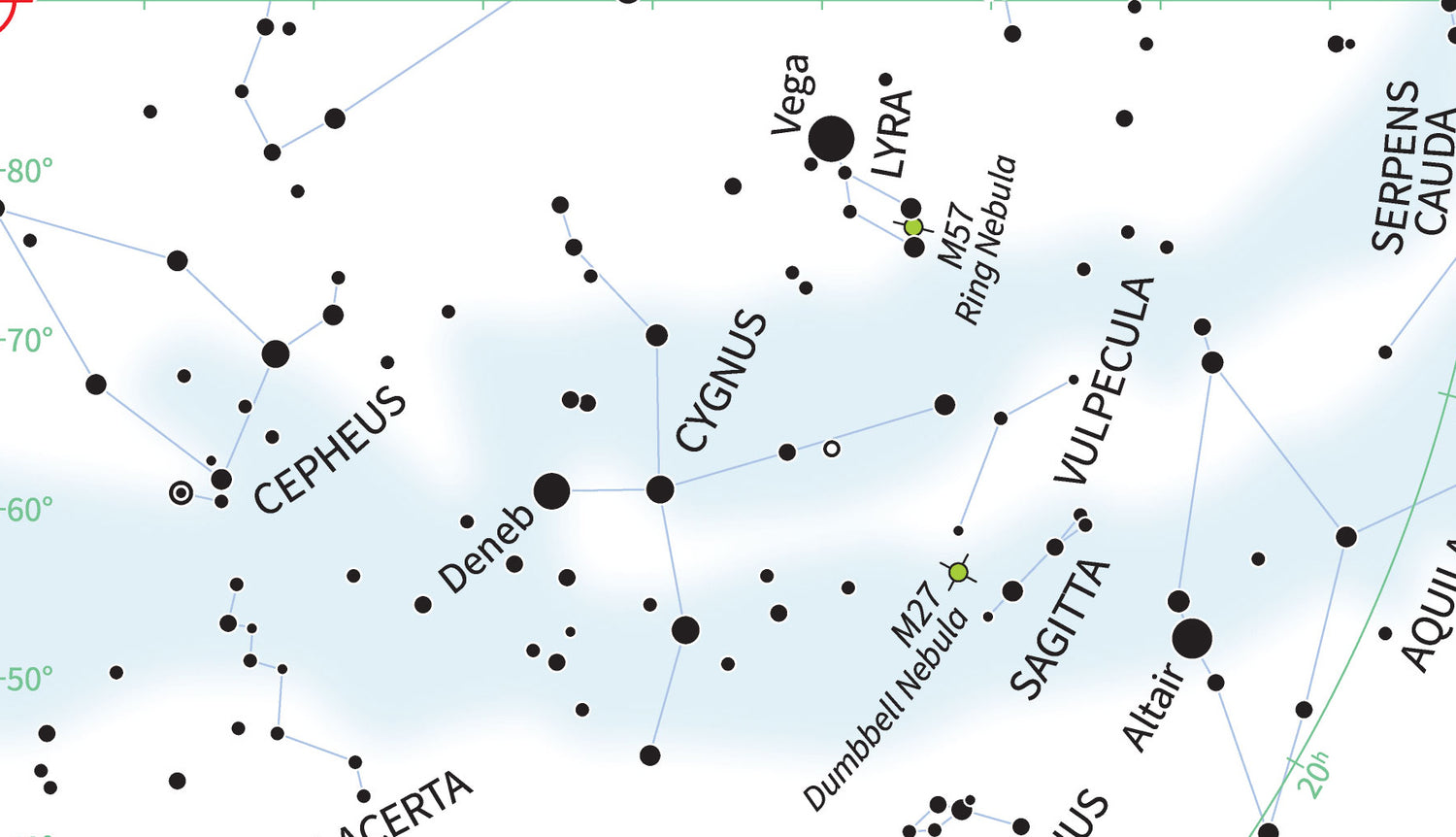


Dejar un comentario
Todos los comentarios se revisan antes de su publicación.
Este sitio está protegido por hCaptcha y se aplican la Política de privacidad de hCaptcha y los Términos del servicio.